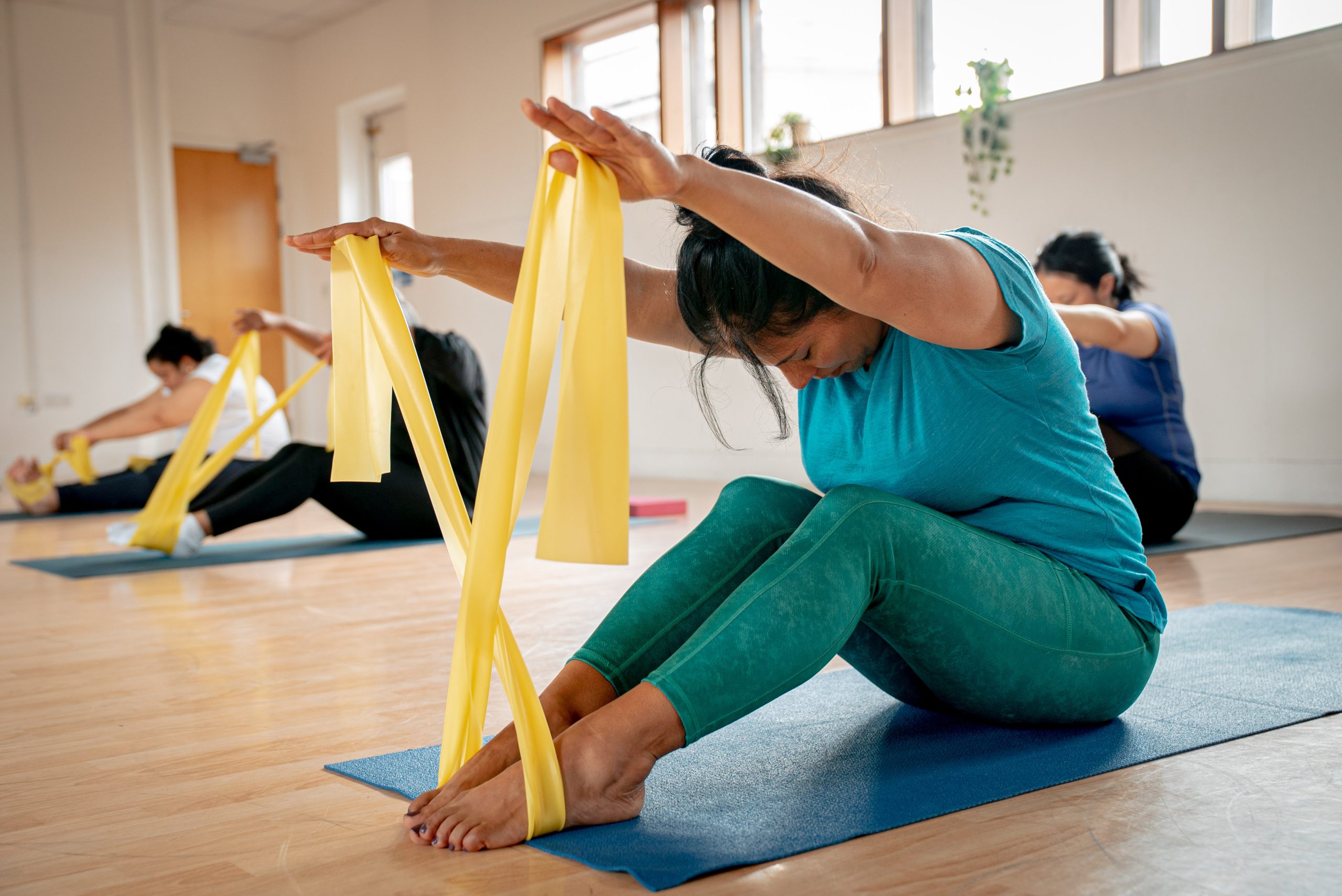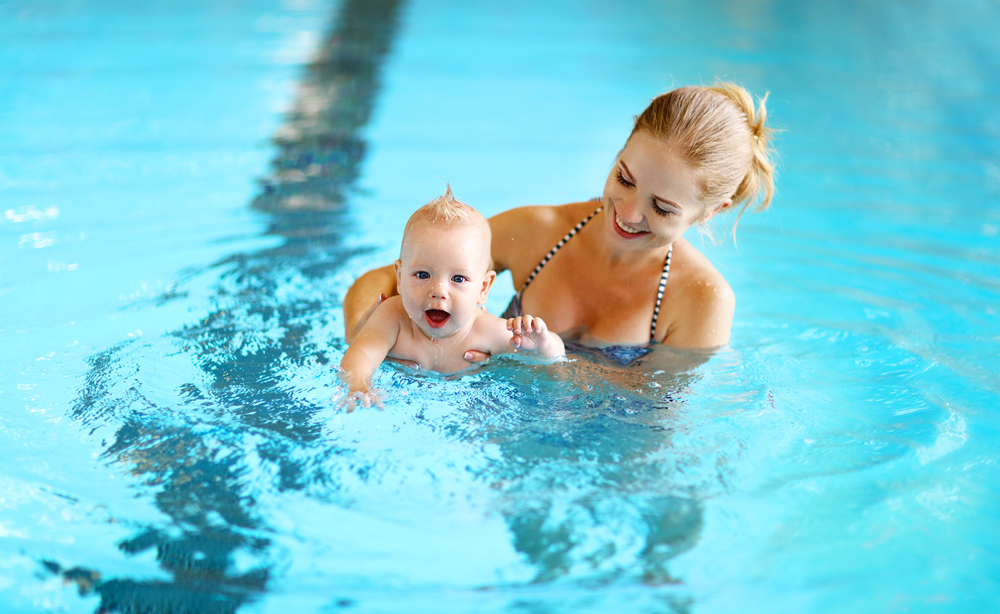How to start working out and actually stick with it
National Fitness Day was a couple days ago, but we’re keeping the celebrations going a bit longer. After all, their motto this year is “your health is for life.”
Fitness is a many faceted thing that’s about so much more than shedding pounds or growing muscles. We know how important it is to make sustainable changes to your health journey to make sure it’s something you can sustain throughout your life.
So far, we’ve chatted about mental health, nutrition, and recovery and how they’re related to fitness. Today, we’re talking about the final piece in the puzzle for a lifetime of healthy habits: physical activity and how to start working out.
There are dozens of different ways you can get moving on a daily basis, and it’s not a one-size-fits-all. If you’re not much of a gym-goer at the moment, the idea of getting started with exercise can seem daunting. But the key on how to start working out (and actually stick with it) is to find a form of exercise that you enjoy and that you can turn into a habit. Easier said than done, but here are five tips to get you motivated:
Be open to trying anything and everything.
You may fall in love with a form of exercise you wouldn’t have expected! YMCA Club has a huge variety of classes you can try, such as yoga, aerobics, and circuit training. If you’re a beginner, let the instructor know and they’ll help you modify exercises that may be too difficult.
Take it slow.
It can be tempting to go all-in from the start, but that may lead to burnout. If you’re brand new to exercise, start with something manageable like 2 or 3 workouts a week, and go for walks on other days. And the workouts don’t need to be long sessions – even a 20-minute HIIT workout can be enough to get your heart pumping!
Find a “why” that’s more than just a good physique.
This is the key to starting a healthy exercise routine that you can sustain. You’re more likely to stick with exercise long-term if you’re doing it for a non-aesthetic or non-selfish reason. This can include a long list of things, such as managing diabetes, improving heart health, managing anxiety or depression, lowering blood pressure, or getting stronger to play with your grandchildren.
Recruit a workout buddy.
If you’re going solo, it can be easy to make excuses to skip a workout, but when you start a fitness routine with a friend, you keep each other accountable. You’re less likely to cancel a workout last-minute if your friend is relying on you! You can even make the experience more fun and social by going for a coffee or nutritious smoothie after the workout.
Block off time in your diary.
It’s important to make physical activity a priority because it is one. Schedule it in the same way you would a work meeting or doctor appointment. If you can make a habit of exercise, even better! Try working out at the same time a few days a week or attend a couple of the same classes each week.
All that’s standing between you and your new fitness routine is that first workout! Need some inspiration to get started? Some of the most popular types of workout – and some of our favourites – include swimming, cycling, yoga, boxing, weightlifting, dancing, HIIT, and pilates.



